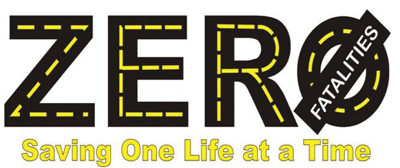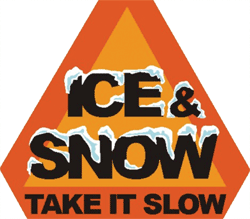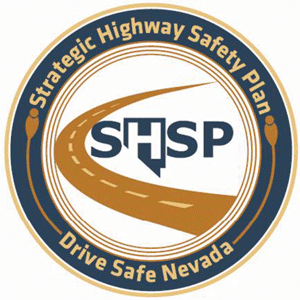In September 2007, West Virginia released its first statewide Strategic Highway Safety Plan (SHSP). The 2007 SHSP included nine emphasis areas established by the Highway Safety Management Team (HSMT) (The HSMT is a group of representatives from many facets of state and Federal agencies which all have some area of highways safety responsibilities within their purview. Since the early to mid 1990s this group has existed either formally or informally and has strived to coordinate and effectively manage highway safety programs and initiatives in West Virginia.) based on analysis of six years of fatality, serious injury, and crash data, along with stakeholder input. Some emphasis areas included subareas. For example, at risk drivers and users included: suspended or revoked drivers, unlicensed drivers, multiple crash/citation drivers, uninsured drivers, younger drivers, older drivers, motorcycles, and ATV drivers. Including all subareas, the State was attempting to address 23 different areas within the purview of the SHSP.
After several years of attempting implementation, it became clear to the HSMT that the scope of the SHSP was unmanageable. Staff from the different agencies were stretched too thin. Having to participate in all the different areas but being unable to dedicate sufficient attention to individual areas stalled implementation and discouraged personnel. In attempting to address the priorities of every stakeholder who had come to the table, they had taken on too much.
Recognizing it was time to update their SHSP, the HSMT knew they wanted to take a different approach but did not have a clear plan of action until getting involved as one of the pilot states for the National SHSP Implementation Process Model (IPM). The pilot provided the opportunity to breathe new life into West Virginia’s SHSP. It offered new ideas through implementation strategies from the IPM as well as through regular discussions about experiences and lessons learned with other pilot states. Among other takeaways, involvement in the pilot convinced the HSMT that making their plan work would require reducing the number of emphasis areas.
The process began by focusing on the original goal of “Zero Fatalities…Saving One Life at a Time.” The goal had been buried on page five of the original SHSP but was brought front and center in the update and subsequent marketing campaigns.
The HSMT took a new look at the data to determine which emphasis areas had the greatest potential for meeting the goal. They reevaluated the data seeking a noticeable break in the number of fatalities attributed to different contributing factors and were able to identify four emphasis areas accounting for the majority of fatalities on West Virginia roadways: roadway departure, occupant protection, impaired drivers, and at-risk driver age groups (ages 15 to 20 and over 65). They further reinforced the selection by cross analyzing the data and finding these four areas encompassed large portions of other crash types (i.e., roadway departures crashes involved many of the heavy truck, wildlife, and speeding-related crashes). Stakeholders focusing on the other individual crash types were thus invited to participate in emphasis area teams to explore ways to collectively address common concerns. Finally, a fifth emphasis area, improving highway safety data, was added to the update acknowledging the importance of a data-driven approach to safety.

Key Accomplishments
- Narrowed SHSP emphasis areas down to a more manageable number through a data-driven process.
- Provided a more focused scope for pursuing the goal of “Zero Fatalities…Saving One Life at a Time.”
- Re-energized partners leading to more active involvement in SHSP efforts.
Results
The updated SHSP is due for publication in the fall of 2010, but the process of paring down the number of emphasis areas has already reinvigorated stakeholders and generated strong support from safety partners. The HSMT is strong and active. With fewer emphasis areas, partners have been able to commit time to participate in meetings and collaborative efforts. Communications staff are now assigned to every team and are more prepared to answer questions from the public. Marketing efforts, both internally and externally, have been made easier with a more focused SHSP.
Contact
Donna Hardy
Regional Traffic Safety Engineer
West Virginia Department of Transportation
(302) 659-4060
Donna.J.Hardy@wv.gov



